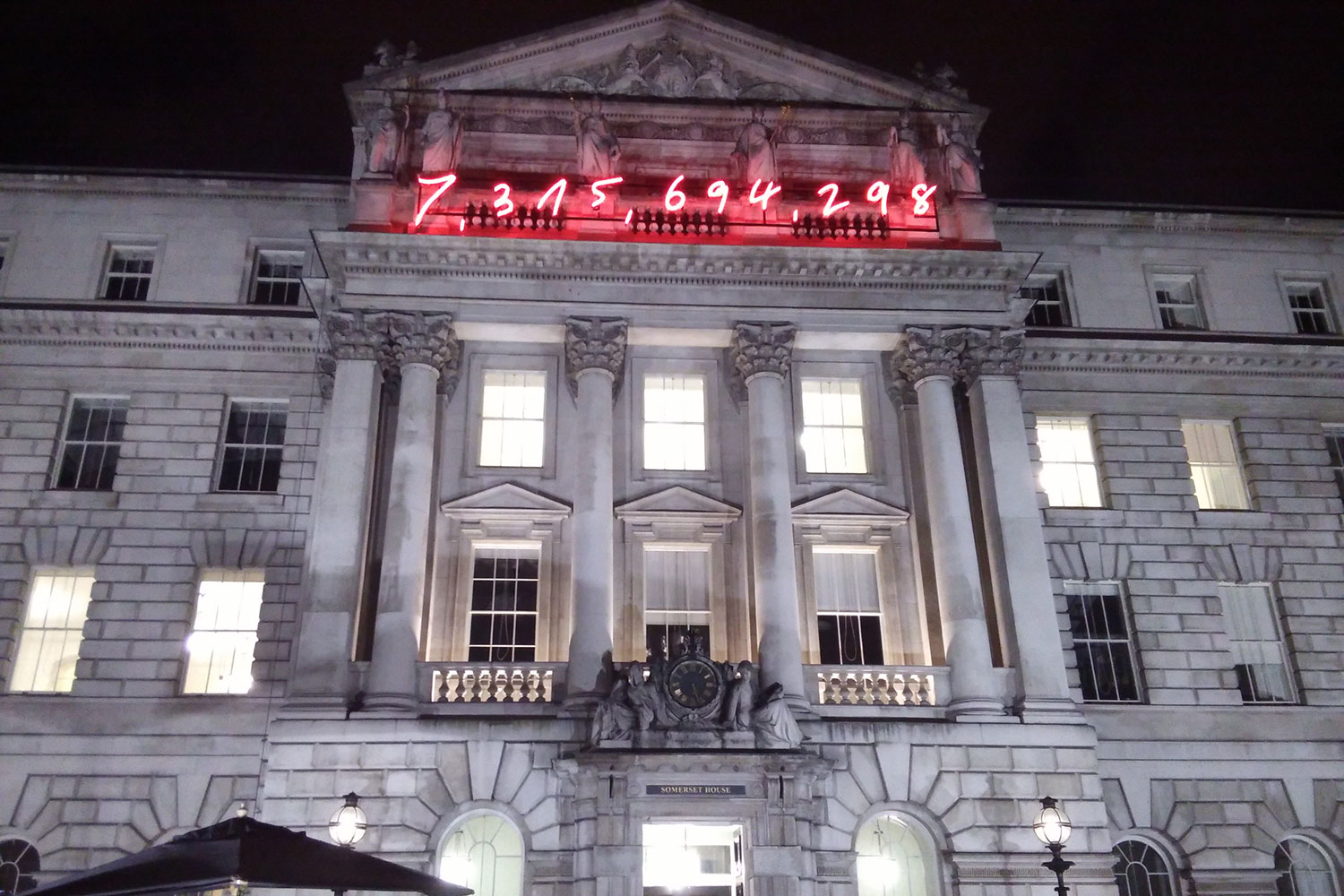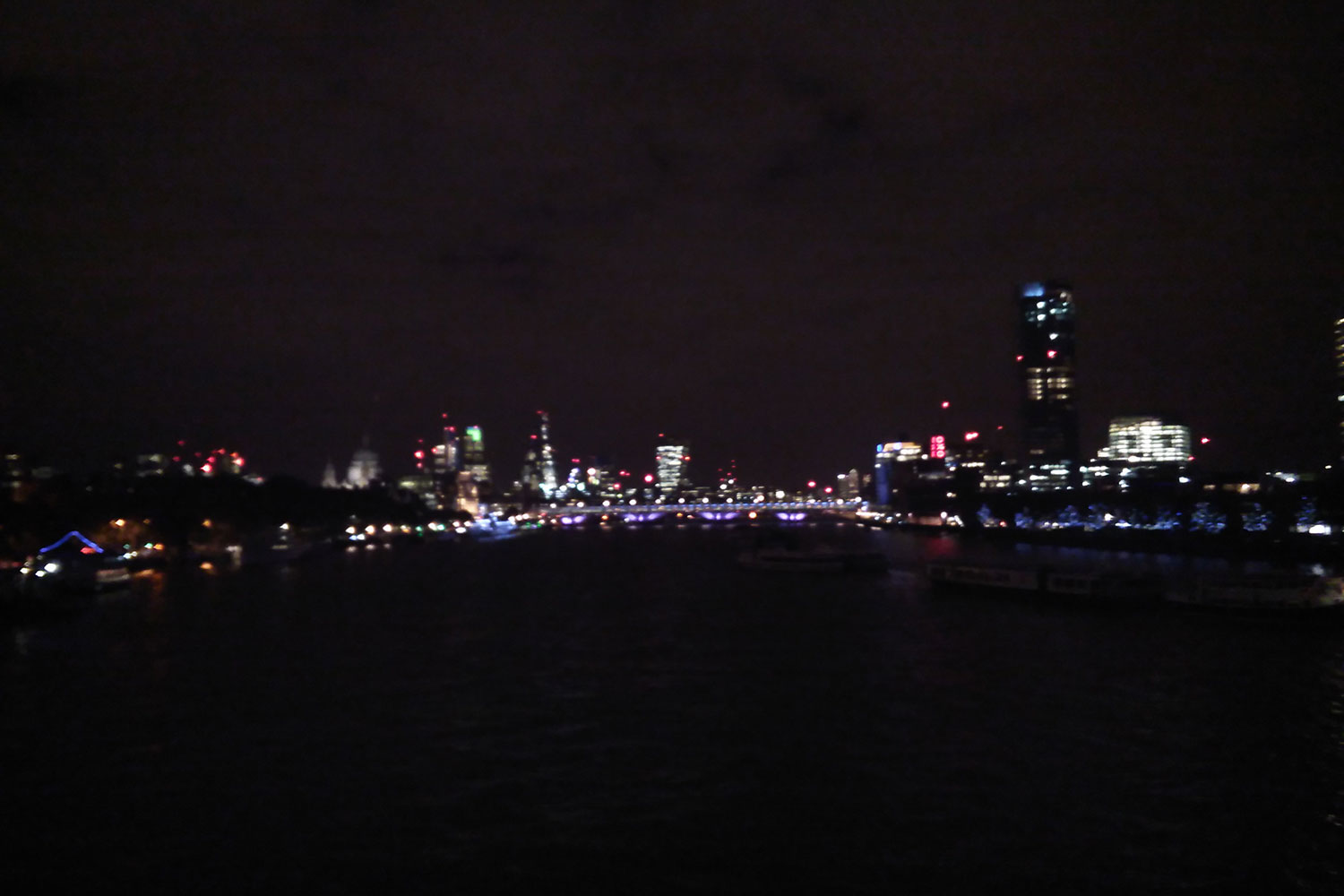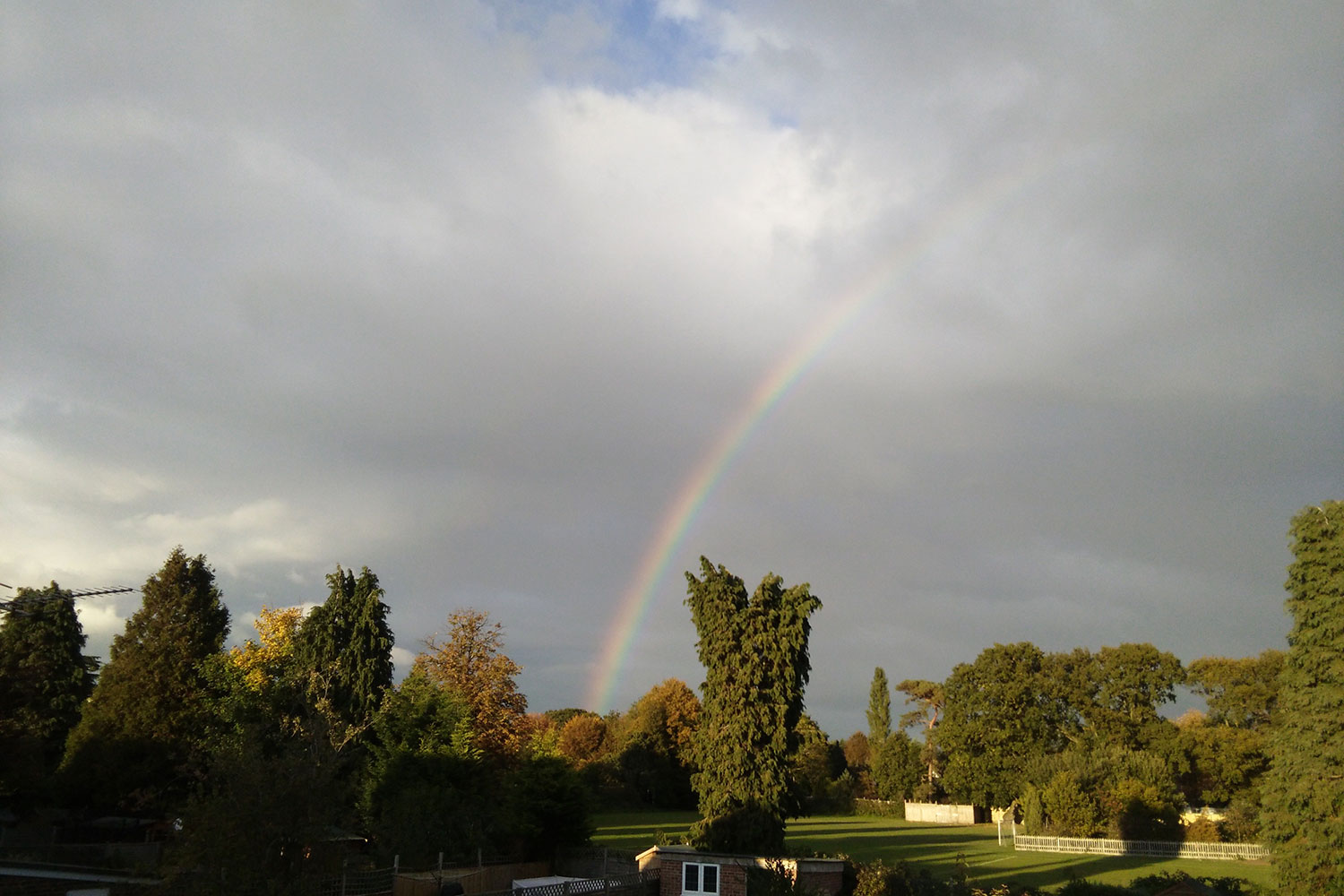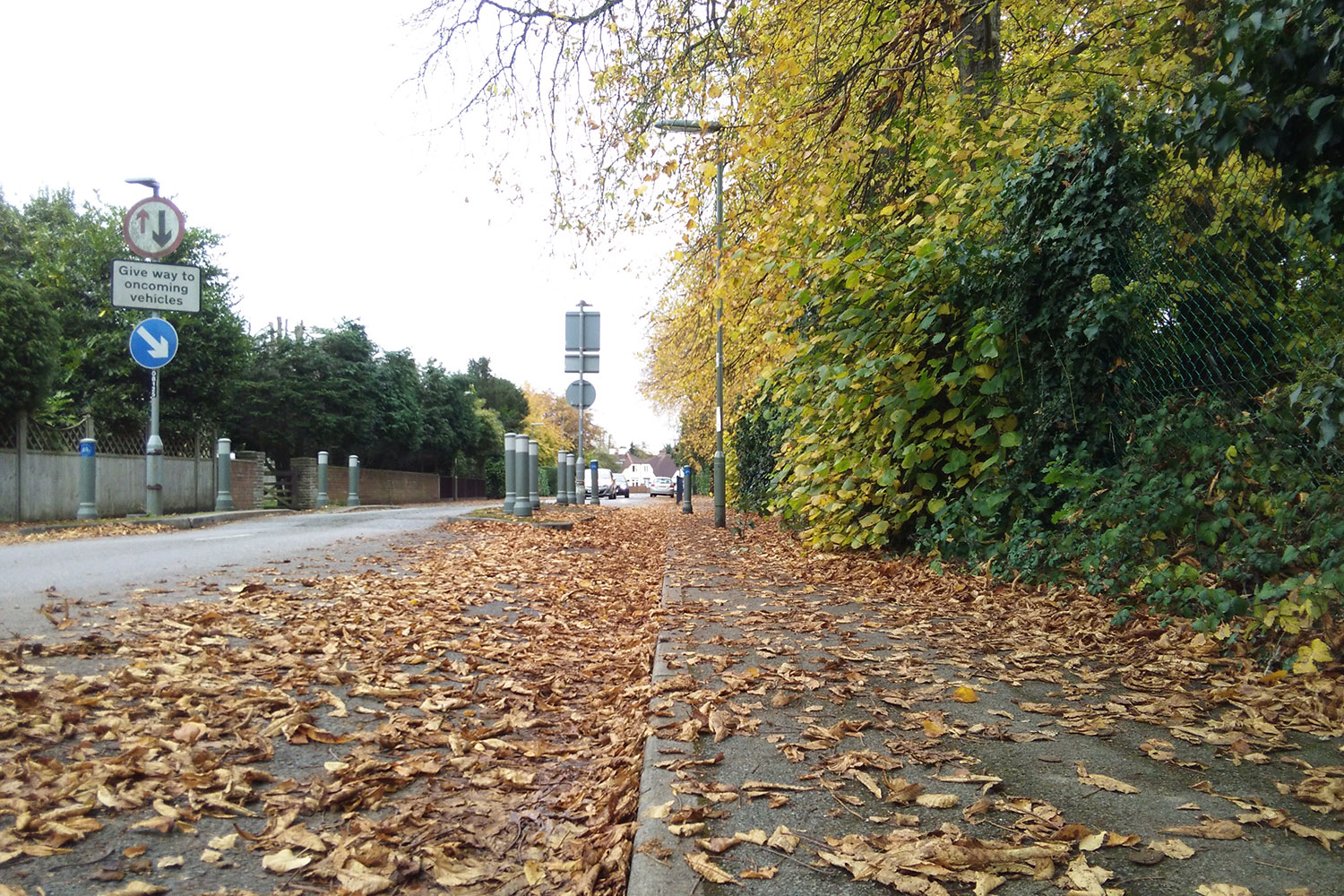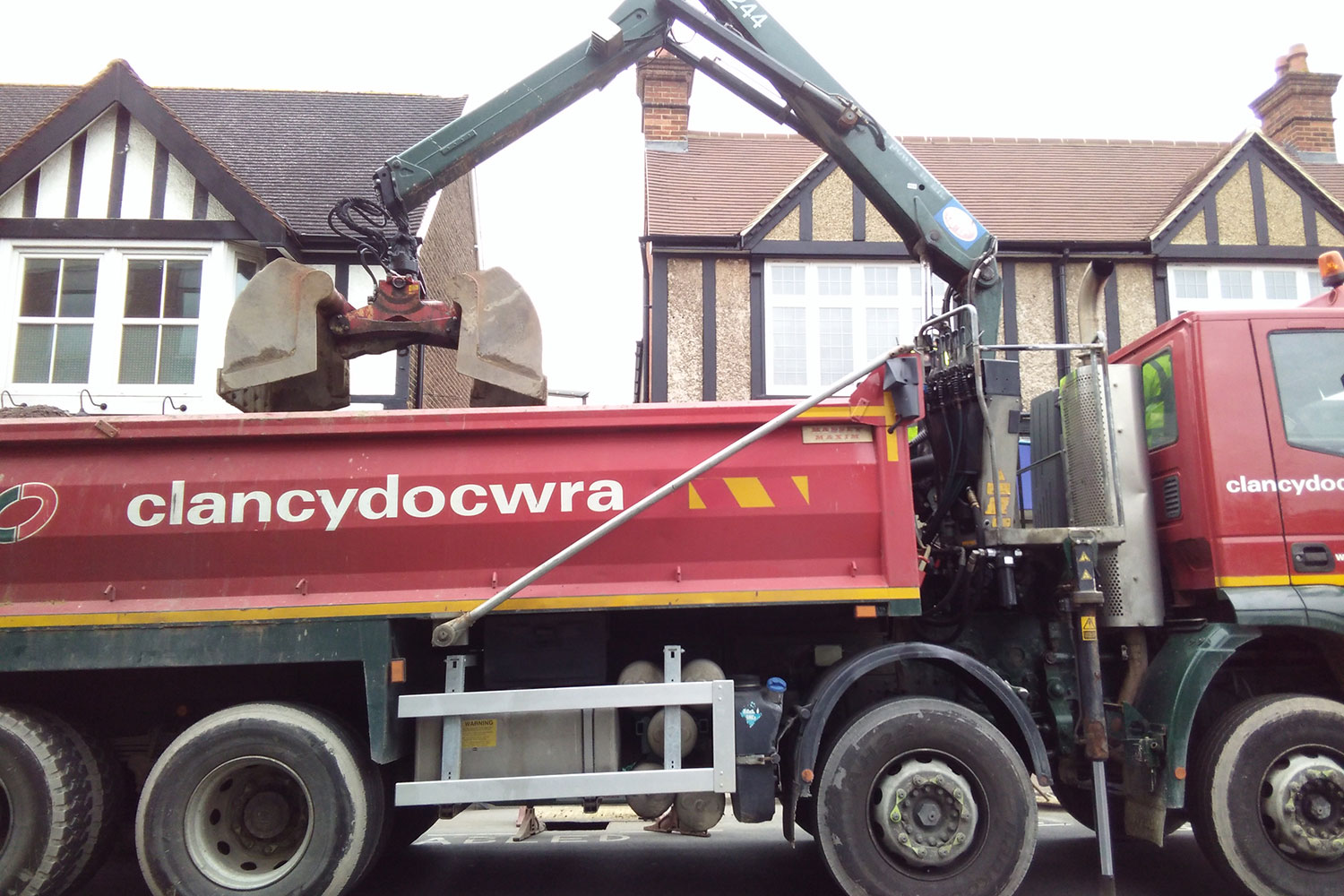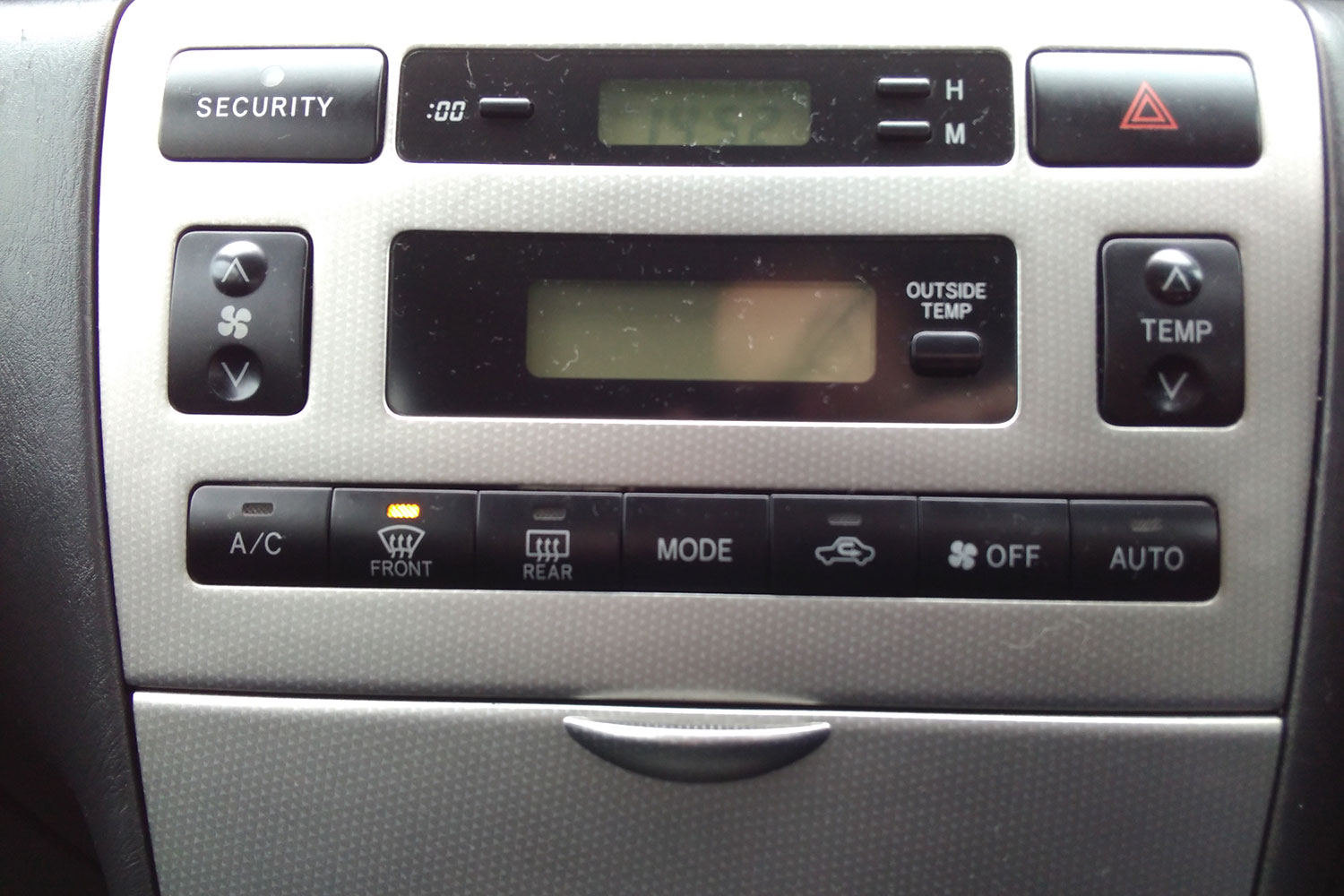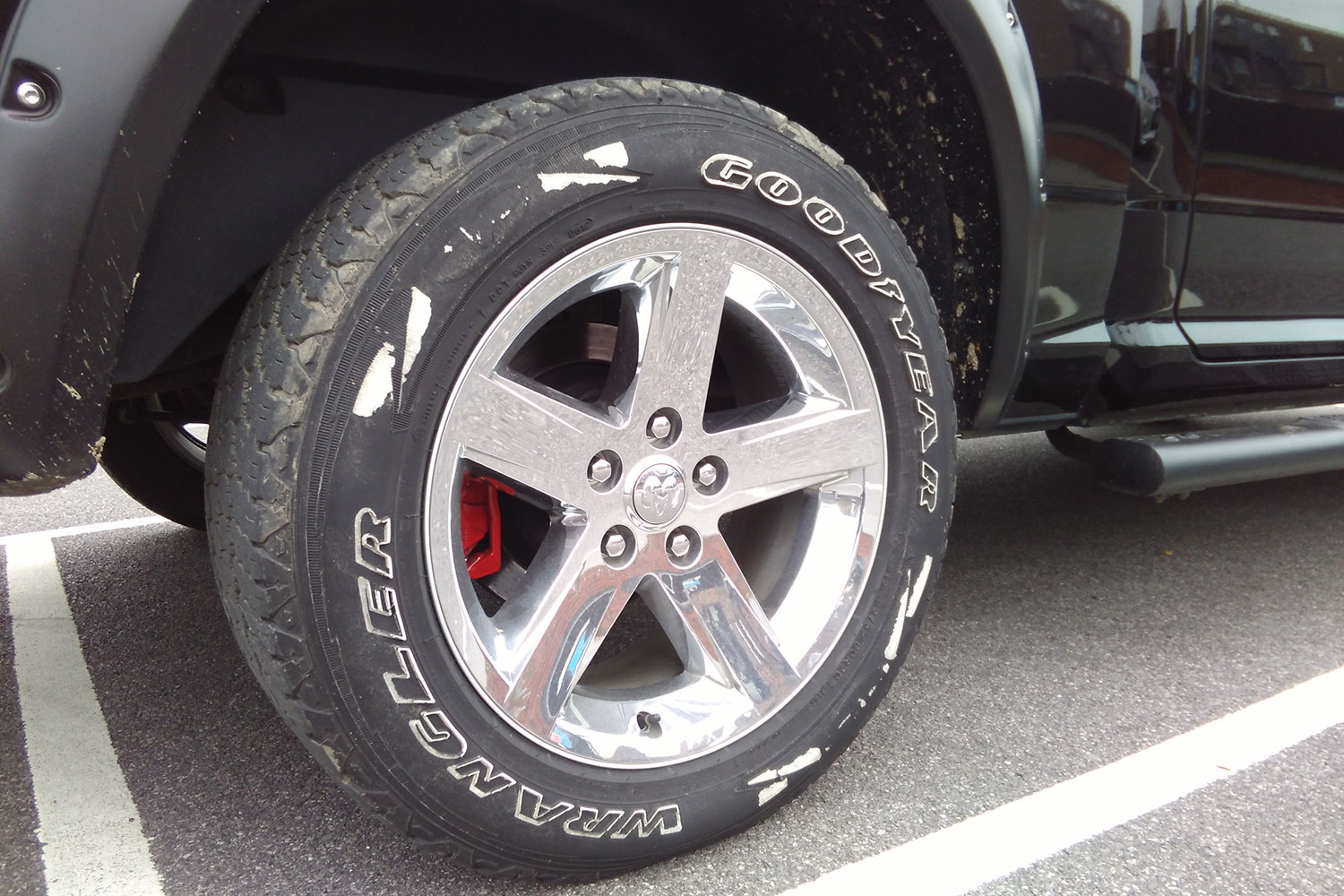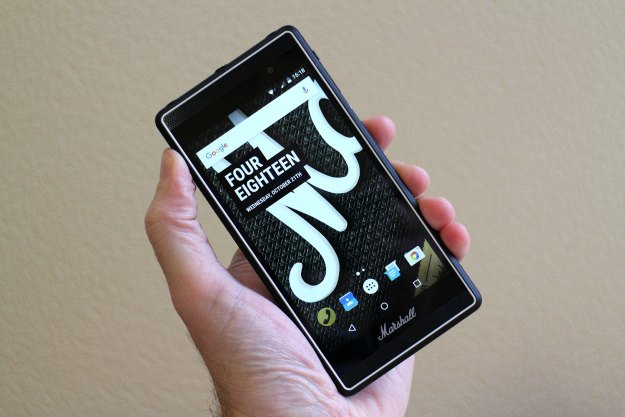
“The Marshall London looks fantastic, and its musical ability lives up to expectations, but it’s a terribly mediocre, overpriced smartphone.”
- Unique, eye-catching design
- Fantastic audio ability
- Excellent battery life
- Poor screen
- Average camera
- Expensive
The world isn’t short of smartphone manufacturers, and while a few devices released these days don’t quite come up to scratch, the vast majority of them are perfectly passable. That’s even before you get to the big names like LG, Apple, and Samsung — all of which put out top-notch phones it’s hard not to recommend. It’s a brave company that wants to take on this mighty industry, particularly when the company in question doesn’t have any experience with smartphones, but that’s exactly what Marshall has done with the London, its first phone.
The London is Gene Simmons’ Axe guitar amongst a selection of Gibsons.
Marshall is best known for its music hardware, ranging from amps to headphones, and has succeeded in building a strong brand. Regardless, diverting its brand power into a smartphone is a tough proposition, At first glance, the London surpassed everyone’s expectations. The phone looks fantastic, and Marshall has purposely and correctly placed music at its heart, so at least the company’s own fans will find a reason to buy one.
Music and style is all very well, but this is a smartphone that’s designed to go with you every day and perform many intensive tasks. How does Marshall’s London manage? We’ve been using the phone for a while, and here’s how it holds up.
It’s the most striking looking phone we’ve seen in a while
The Marshall London looks absolutely fantastic. It’s on the desk in front of me now, and scattered around it is an iPhone 6 Plus, an HTC One M8, a Nexus 5, and the OnePlus 2. Despite this array of styles, the London is the one that leaps out and pokes you in the eyes. It’s Gene Simmons’ Axe guitar amongst a selection of Gibsons, and everyone who sees it makes “ohh” and “ahh” noises.
It’s a compact device, which actually matches the Nexus 5’s footprint exactly. Marshall took inspiration from its amps to create the eye-catching look. There’s a strong white line running round the screen and two hefty speakers above and below it. The sides are wrapped in a textured rubber and the back panel, although made from plastic, is easily mistaken for weathered leather. The Marshall name, painted across the top, finishes the whole thing off.
Examine it more closely, and more detail emerges. On the side is an oversize, brass-looking scroll wheel to adjust the volume, and on the top are twin headphone ports and a center M Button, which opens the dedicated music player. A third button is less obvious on the side, which is the standard sleep/wake key. Oh, and a press of the volume wheel quickly accesses the camera. The London has a lot of buttons.
Prior to really getting to grips with the London, I reviewed the Zuk Z1, a phone with an attractive but minimalist design that bordered on being plain. Going from that phone to the London was like getting out of a Toyota Prius and climbing into a barking mad custom job, like the Munster’s Koach. Based on looks alone, the London is a triumph, and proof that the less you’ve been involved with the mobile industry, the better chance there is that you’ll make something a bit different.
Let’s all calm down, things get worse
The Marshall London scores plenty of points for the way it looks, and almost all of them are taken away when we get to the specs, and crucially, the price. Let’s start with the screen. It’s 4.7-inches in size, which is fine, but the 720p resolution is a little low by even mid-range standards today. However, it’s the quality of the panel that’s the big problem. Viewed from directly in front, it’s great, but put it at side angle, and it turns oddly yellow. It’s a real distraction, and a disaster when watching video. You’ll probably see the effect in some of the pictures when you compare the side-on views to those taken from the front.
Moving on, and trying to ignore the enormous bezels, we get to the processor. It’s a Qualcomm Snapdragon 410 running at 1.2GHz that’s backed by 2GB of RAM. It’s the same chip found in hardware like the 3rd generation Moto G, the LG G4C, and the Huawei Honor 4X. If you own one of these phones and paid more than $200, you were ripped off. The Marshall London is £400, or about $600. That’s a lot of money for a phone without high-end specs or a metal body.
However, the Snapdragon 410 isn’t rubbish, and the London zips along, happily coping with streaming video and playing fast, graphically intensive games such as Colin McRae’s Rally without a problem. Show it a few benchmark tests, and the results are mediocre. Geekbench 3 gives it 1,515 Multi-Core, which is around half of what you’d get from a Galaxy S5. For general use, it’s perfectly acceptable, just like any other mid-range phone.
It’s very difficult to recommend the Marshall London to smartphone fans.
The London is not saved by a super camera, either. On the rear is an 8-megapixel camera that manages to do an excellent job of oversaturating everything you point it at. It uses the standard Google camera app, and without any editing, pictures are passable for sharing through social networks, but little else. It’s even worse at night, and shooting back-to-back with the iPhone 6 Plus, it was completely outclassed. A 16GB iPhone 6 can be had for almost the same price, remember.
Music is its saving grace
That’s quite a list of things that aren’t very good about the Marshall London, and no one should buy this phone in the hope it’ll give an S6, or an iPhone a run for its money as a smartphone. However, it’ll kill them both when used as a music player. Marshall placed a separate audio processor inside the London, added the ability to play FLAC uncompressed audio files, provided a global graphic equalizer to enhance music playback regardless of the music player, stuffed a pair of ultra-loud speakers on the front of the device, and bundled a set of Marshall Mode in-ear headphones with the device.
It’s obvious Marshall wants the London to be all about the music, and it really works. This is the best sounding phone I’ve ever heard, whether it’s through the headphones, the speakers, or even just playing one of the custom guitar riffs used as a ringtone. The front speakers are incredibly loud, relatively free of distortion, and produce a sweeter, bassier sound than the Boomsound speakers on the HTC One M8.
Plug in a pair of headphones, and the difference between the London and other devices is instantly apparent. I didn’t much care for the fit on the Mode
Marshall wants the London to be all about the music.
Press the M Button on the top of the phone, and you’re transported to the Marshall audio player, where you’ll find the equalizer, and fast access to your SoundCloud, Spotify, and Mixcloud accounts. It’s very convenient, and although it does only launch the dedicated apps, it’s a handy way to find the music you want in one place. It’s a bit annoying to jump into another music app to find tracks stored on the MicroSD card, though.
Dig deeper, and you’ll find Marshall’s 4-channel LoopStack recording app, plus a long list of preinstalled rock music tracks. Those dual-headphone ports — which have separate volume controls, and were great for watching a video with someone else on a train — can be used with Marshall’s DJ app, too. There’s a bass boost button, Bluetooth APTx support, and dual microphones. There is absolutely no doubt, for me, that the London is the ultimate music smartphone.
Battery life is also excellent
This shouldn’t come as a huge surprise, but the Marshall London’s battery — a modest 2,500mAh cell — is good for two days use, performing various functions from pictures to gaming, and streaming both local and online music. Most of the time, there was still 20-percent of the battery left when I’d charge it at night. That’s the benefit of it having a small chip, small screen, and ordinary resolution.
A neat stock version of Android 5.0.2 runs on the phone, which is excellent news. Outside of Marshall’s own audio player, there are a few pre-installed apps including a sound recorder, and a weird Marshall-made game called Rockbilly Bros, which is a time-management game that puts you in charge of a rock band. The phone also comes with some cool rock ringtones.
For a phone that boasts incredible audio performance, calls sounded the same as most other phones over the O2 network in the UK. It connected to local 4G LTE without a problem, but may not be compatible with all bands elsewhere in the world.
It’s not a smartphone for smartphone fans
It’s very difficult to recommend the Marshall London to smartphone fans. The screen isn’t very good, the processor is ordinary, and the camera won’t inspire you to go out and take pictures. It’s also very expensive, when compared to other devices on sale this year. However, if you’re seriously into music-on-the-move, and hate the sound produced by the majority of phones out there, you’ll probably love the London. Similarly, if you’re a musician with a love of Marshall equipment, then the London is almost as essential to your uniform as a pair of leather pants.
Because I want more from my smartphone, I couldn’t live with the Marshall London everyday. However, I could see it taking over for my beloved iPod Touch. It sounds so much better, the dual headphone ports make it more versatile, the music app is convenient, and it’s all improved with the excellent graphic equalizer.
If I consider the Marshall London as a cool music player with a bonus phone function, rather than an average smartphone with a flashy music app, it makes a lot more sense. I’m also happy it exists at all, because it looks so fantastic. However, if you want to buy a mid-range
Highs
- Unique, eye-catching design
- Fantastic audio ability
- Excellent battery life
Lows
- Poor screen
- Average camera
- Expensive




